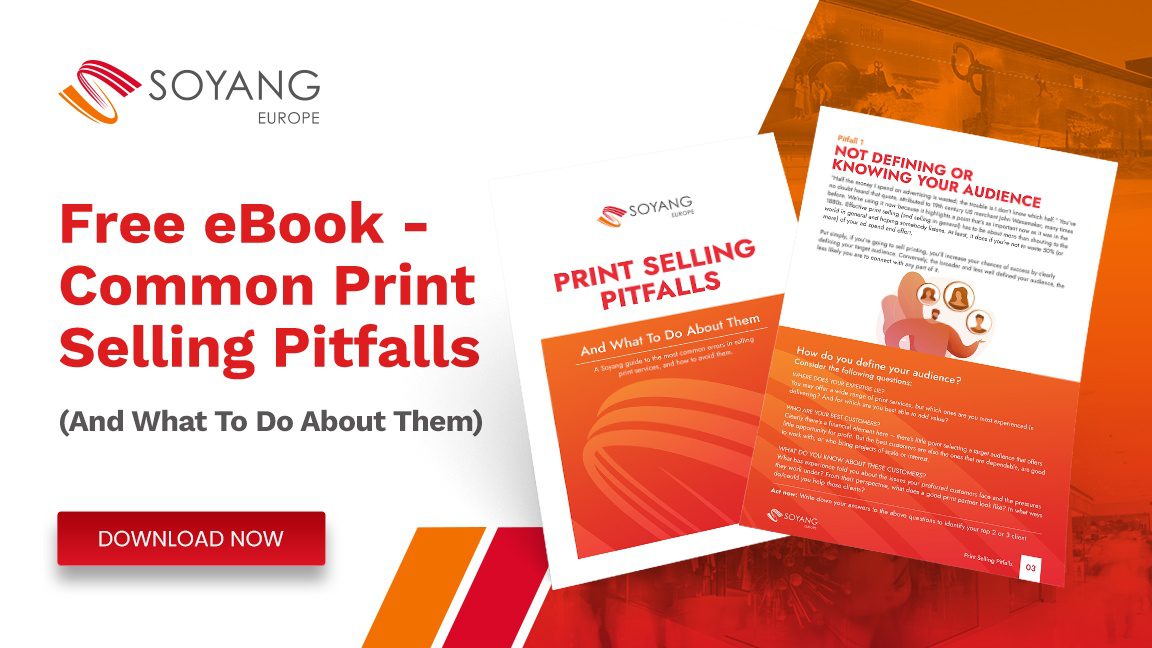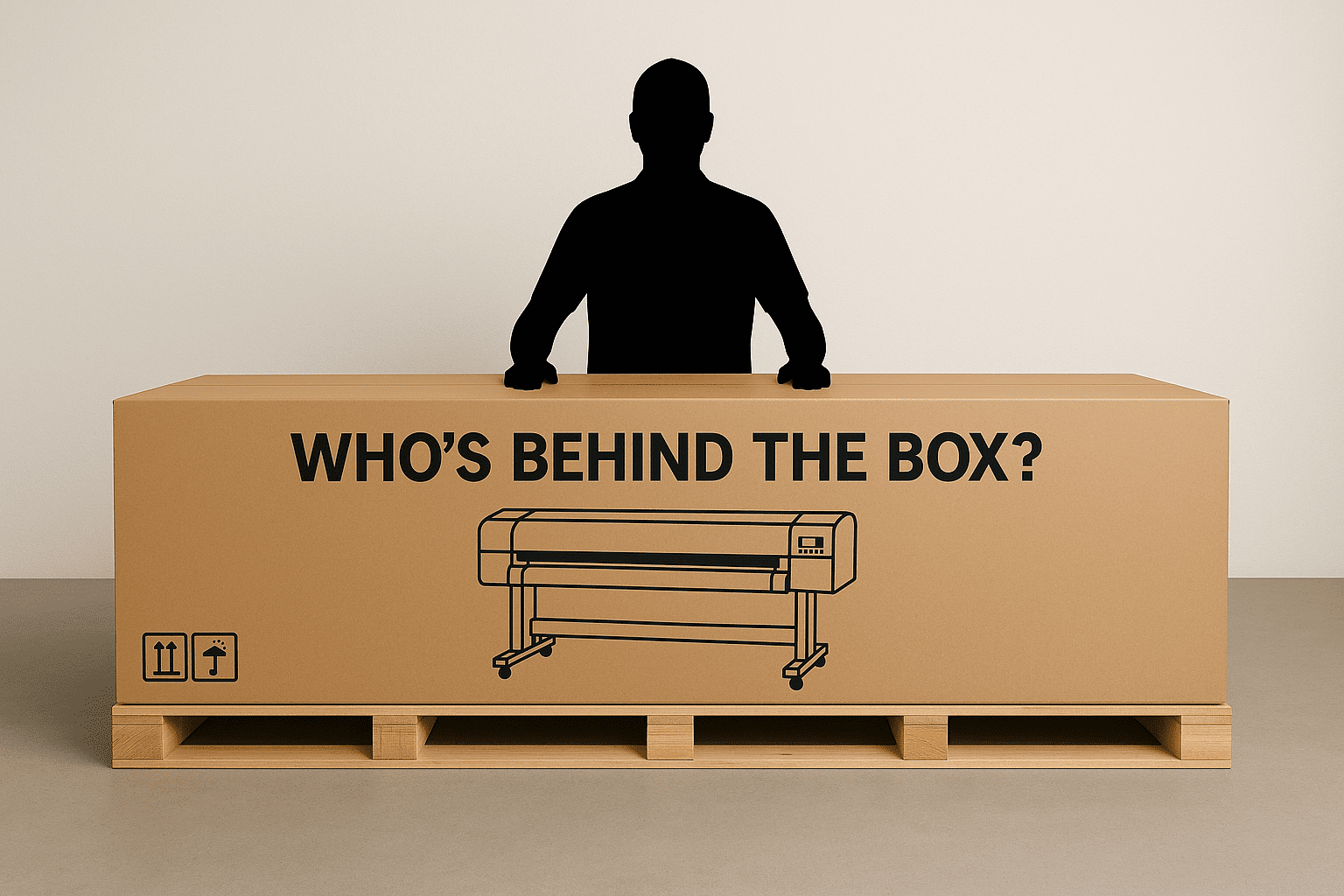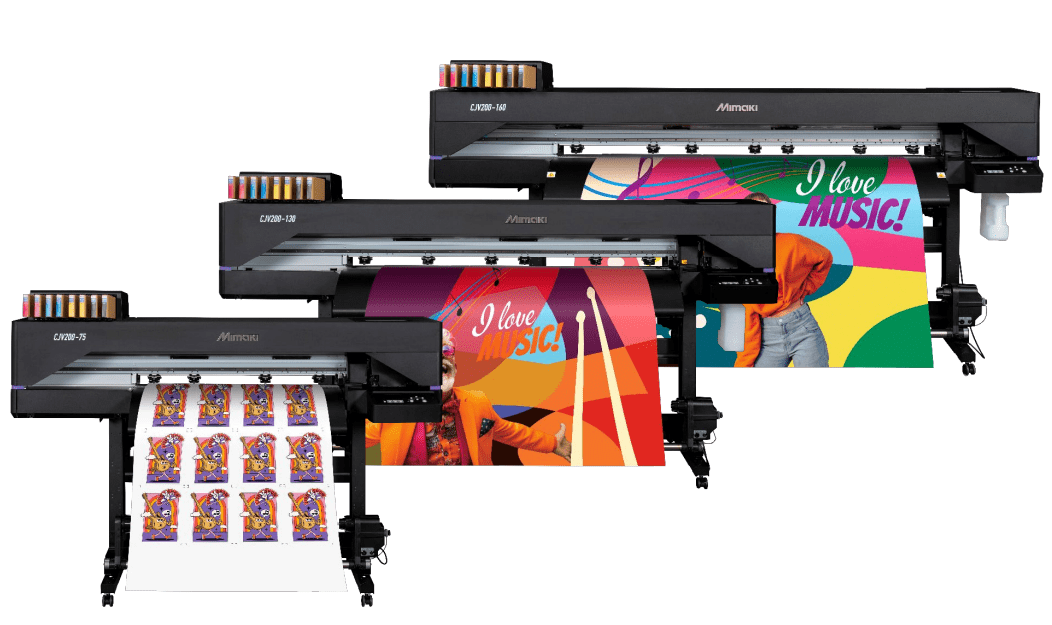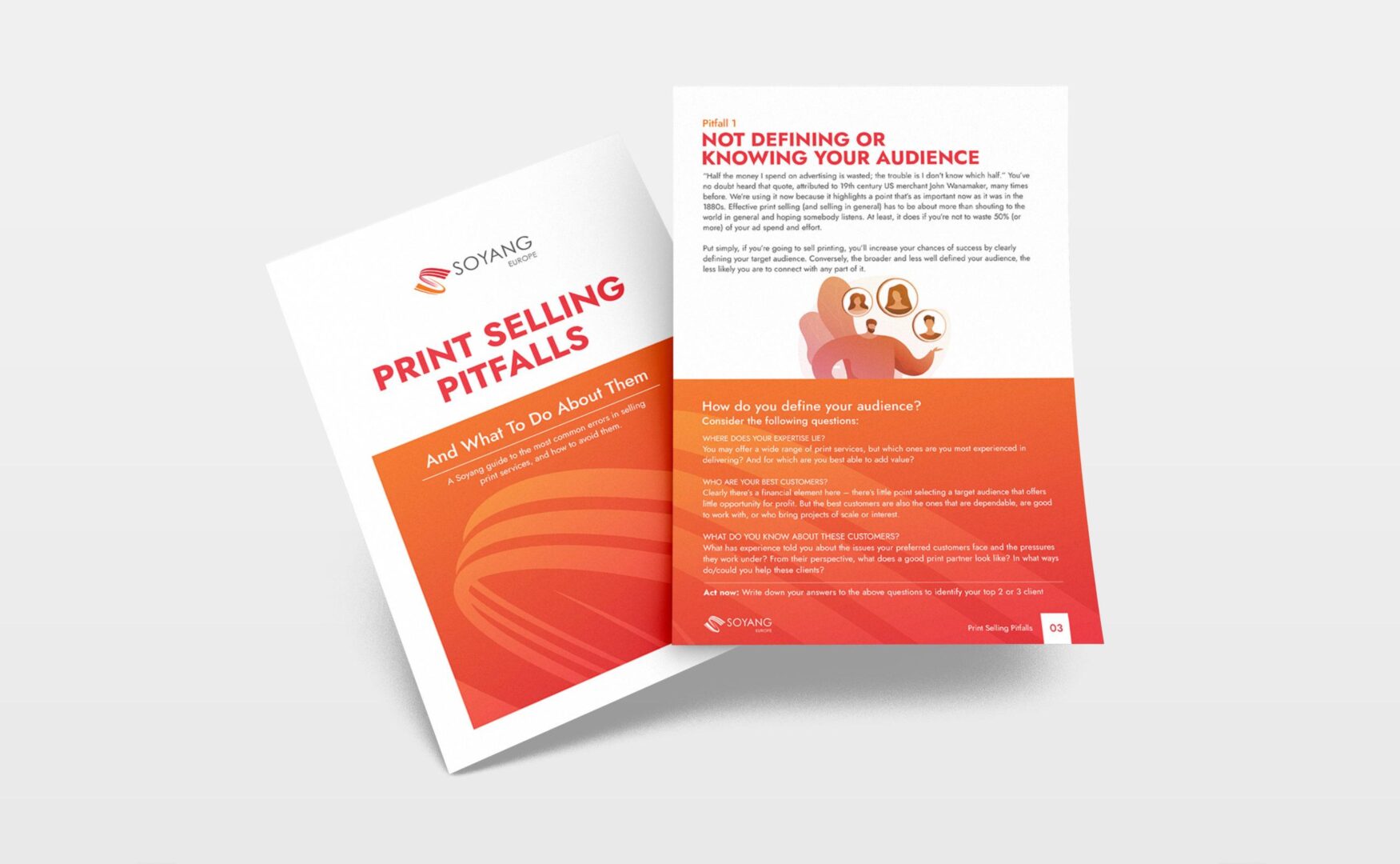There’s a lot to being a print production manager. You’re a master-juggler of design principles, quality control and project management. The job varies widely from business to business, with the print manager wearing many more ‘hats’ in some organisations than in others. But there’s one hat common to every printing production management role: cost control.
Managing costs in any print room is a fine balancing act. Uncontrolled, you’ll be overseeing print projects with grand ambitions and even grander price tags that devour your profit margins. Trim things too much, however, and you lose the impact that good print delivers. So how do you strike that balance?
In this post, we explore cost cutting measures that don’t stifle creative ambition or damage reputations. In fact, in many instances, they can actively support them.
Here’s eleven simple ways effective printing production management can reduce the cost of your printing.
1. Choose an eco-friendly font
Not all fonts are as ink-sippingly frugal as others. Some fonts will give you almost twice the print volume from the same quantity of ink as alternatives. Yet it’s not always obvious which is which.
Take Ecofont, the font filled with tiny holes that, the company says, will halve your toner ink usage. Unfortunately, some live, real world tests suggests it may not live up to the promise, offering only minimal advantages over some poorer performing fonts (like Calibri) and paling in comparison with other eco fonts (e.g. Ryman Eco) and even common, non-eco fonts like Garamond and Courier.
Clearly, there’s a major design element to font choice. Chances are the classic typewriter-style Courier font is unlikely to be most designers’ first choice for most applications. But the message for print production management is clear: just because it says it’s an eco-font doesn’t actually mean it’s cutting your costs.
2. Print in mono
Even the grandest full colour publication probably won’t apply colour across every page. In fact, reserving colour for pages that require real visual punch and reducing its use elsewhere can help increase the impact of every page.

3. Tailor your print
You’re printing a company brochure, catalogue or similar. You could create a bound book of every product/service you offer, although you know that every recipient will look at only a handful of pages. As an alternative, offer the same high quality folder and fill it with inserts selected based on individual preference.
You’ll need a somewhat sophisticated database of what those customer needs are, but this is a great way to not only save on print production management costs (because you’ll print far fewer of any single insert); you’ll also present every recipient with a tailored document that means they’re far more likely to read it.
4. Avoid textured print stock
Everyone loves receiving something on textured paper. But few printers love it. Every printer knows that textured stock doesn’t just inflate costs and take longer to print; all those inconsistencies within the linen/bamboo/hammered paper create printing unpredictability. So every uptick in refinement that you get from the admittedly luxurious feel is lost in the frequent inconsistencies you’ll get in the print.
So as a matter of printing production management policy, scrap textured print and consider offering your clients embossing or laminating instead. That will help to lower costs while keeping you in control of the finish.

5. Reduce paper size
Does the document really need to be in A4? Would A5 suffice (and prove far more readable? Even opting for 240 x 167mm could give you an impressive looking book while saving on cost.
6. Drop the paper weight (a little)
You want to create an impression so you’re not about to inflict a brochure in 80gsm on anyone. But equally, do you really need a 170+gsm near-card to create the impression you’re looking for?
If you’ve traditionally operated around the 150-170gsm mark, consider reducing this just a little to 130gsm. You won’t lose too much in quality, you’ll cut printing production management costs, and the lighter paper means you’ll save on postage too.
7. In a bind?
Two issues for the print production manager to consider here.
First, despite the fact that everyone loves a bound document, does the project really warrant it? Clearly, a document of 40+ pages will need some form of binding, but it’s not uncommon to see 8-page documents getting the saddle stitch treatment, and we’d question whether a 4-page wiro-bound document, while technically feasible, is ever cost effective.
Binding may be appropriate. It may also be an unnecessary cost for a document that, with a little extra creative thought, could be delivered in a powerful but less expensive way.
Second is the issue of type of binding. You may need your publication to be bound, but some methods are more effective than others depending on application and pages. And some methods are always more cost-effective than others. A case bound book looks magnificent, for example, but you’d only ever choose it for high end projects.

8. Print in 16-page sections
Putting a magazine, catalogue or report together? There’s nothing inherently wrong with 4pp or 8pp print sections, but that inevitably means more plates and longer print runs. Working in 16pp sections minimises costs.
9. Tint white print stock
Coloured print stock may feel like the right choice for prestige print projects, but buying it in and holding stock costs money that may take time to recoup. Boost the cost-efficiency of your print production management by buying in a standard white stock you can use for virtually any job, then add a tint.
As a bonus, you’ll find printing on white gives you more accurate colour reproduction.
10. Switch off your printers
No, it’s nothing to do with the technicalities of print, but with the rapid rise of energy prices, one of the simplest ways to cut printing production management costs is to use less electricity.
Every modern printer has a low energy mode for when it’s not in use. As a bare minimum, ensure your printers are put to sleep when not running print jobs. As even a low energy/standby mode may use the equivalent of a halogen lightbulb, however, switch the printers off at the end of the day.

11. Know your strengths
Not every print room is set up to deliver every print job. Certainly, it may not be set up to deliver every print job easily. A crucial part of the printing production management role is knowing when to tackle a project in-house and when to look for a print partner who could deliver the job faster, better and more cost effectively than you could.
Have a print room that could deliver posters, flyers, books and reports all day long but would struggle to deliver textiles, roller banners and window film? Talk to us about providing large format print materials to complement your own services.
Want to find more about building and growing your print business? These blog posts may help;
How To Improve And Grow Your Digital Printing Business
How To Generate Print Sales Leads
How to Sell Printing Services – Top Sales Techniques
7 Top Marketing Strategies For Your Printing Business
How To Write A Proposal For Printing Services
How To Recruit The Right Staff For Your Print Shop









